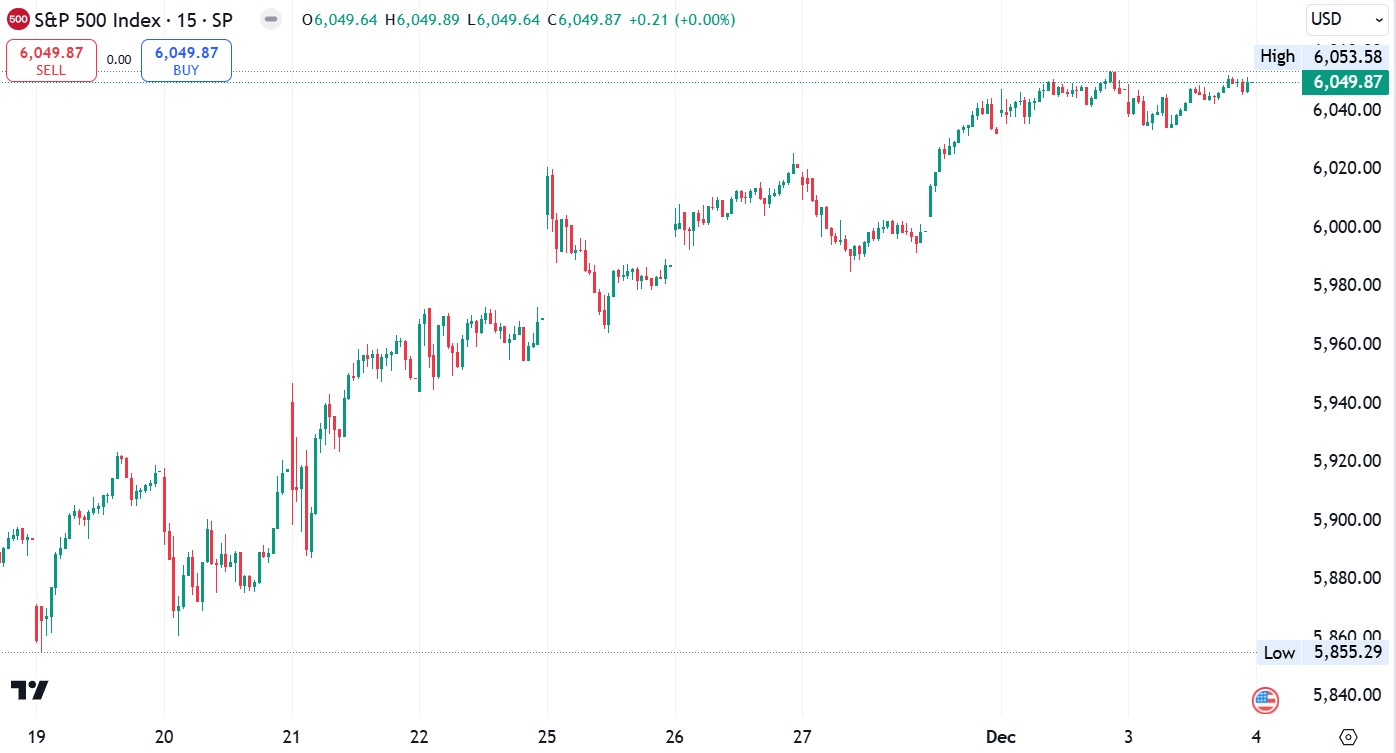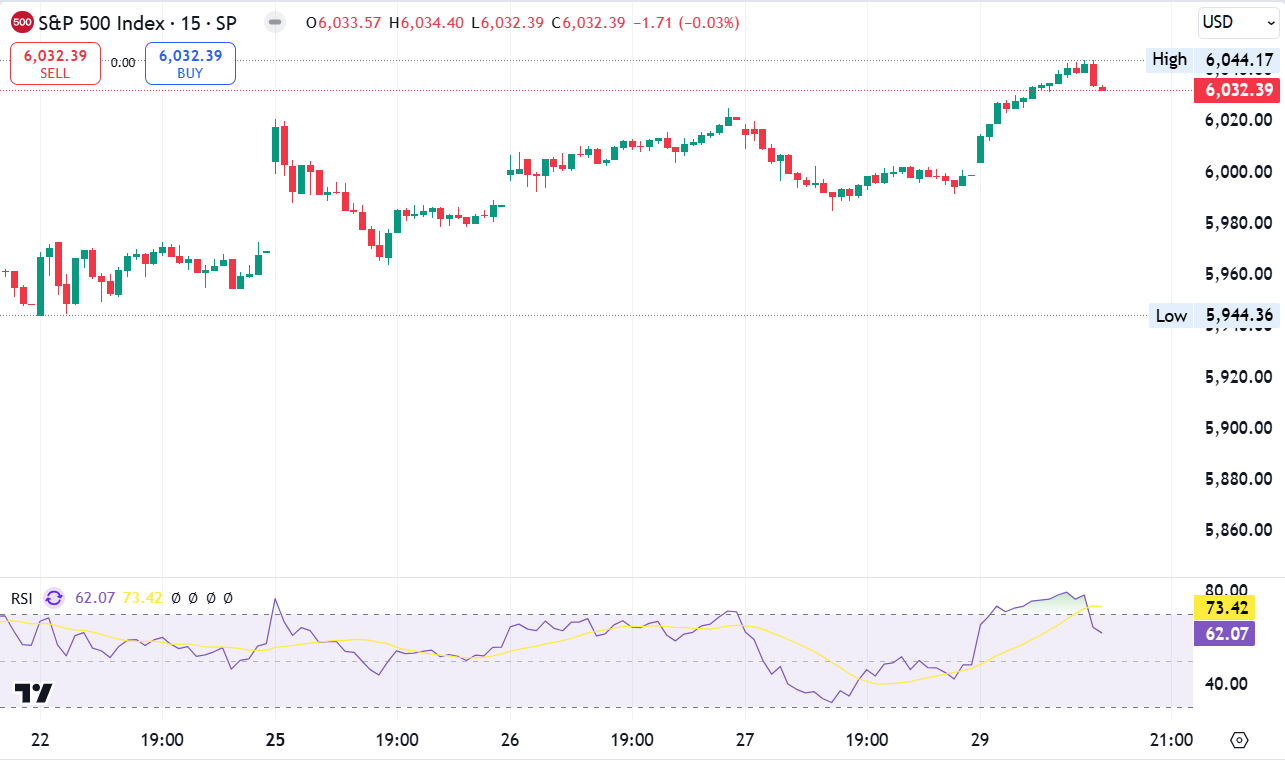
Trading Myths and the Truth
Trading Myths and the Truth
Investing in the stock market has long been a popular way for individuals to grow their wealth. Nevertheless, despite its prevalence, there are trading myths and misconceptions regarding the stock market and how investors should approach it.
These myths can lead to poor investment decisions and unrealistic expectations. Let’s debunk some of the most common trading myths.
Myth 1: The stock market is a casino
There are people who think that the stock market is a casino. To cut a long story short, no, it isn’t a casino.
This misconception arises from the perception that stock prices are unpredictable and that investing is purely a matter of luck. Nonetheless, while short-term stock price movements can be volatile and unpredictable, long-term investing fundamentally differs from gambling.
Investing in the stock market involves buying shares of companies that produce goods and services, generate profits, and grow over time.
As opposed to gambling, where the odds are typically against you, investing in a diversified portfolio of stocks has historically provided positive returns over the long term. As you can see, the stock market isn’t a casino.
Myth 2: You need to be wealthy to invest
As we can’t discuss all trading myths, let’s focus on some of the most popular.
Unfortunately, many people believe that investing in the stock market is only for millionaires. No, you don’t have to be rich in order to enter the market. This myth can discourage individuals with limited funds from entering the market.
With the advent of online brokerage accounts and fractional shares, individuals can start investing with relatively small amounts of money.
Furthermore, various investment vehicles, such as mutual funds, allow investors to pool their resources and invest in a diversified portfolio without needing a large sum of money. As can be seen from the information mentioned above, anyone can enter the market.
Myth 3: You need to time the market perfectly
The idea that you need to buy low and sell high to make money in the stock market leads many to believe that perfect market timing is vital for investment success.
Nevertheless, timing the market is incredibly difficult, to say the least.
The key to successful investing is not timing the market but time in the market. By staying invested over the long term, investors can benefit from the market’s overall upward trend, in spite of short-term fluctuations.
Myth 4: Past performance predicts future results
What’s important, there are people who believe past performance predicts future results.
A common misconception is that a stock’s past performance is a reliable indicator of its future performance. The situation is more complicated than it may appear at first glance.
Yes, some companies may continue to perform well over time. However, past performance is not a guarantee of future results.
Various factors, including market conditions, and economic factors, can influence a company’s future performance.
Investors should focus on the company’s underlying fundamentals, such as its financial health, competitive position, and growth prospects, rather than relying solely on historical stock performance. Diversification and ongoing research are crucial for managing risk and making informed investment decisions.
Myth 5: The stock market is only for experts
No, you don’t have to be a financial expert in order to become a successful trader.
Sure, it is important to have at least knowledge about the stock market. However, it isn’t a prerequisite for successful investing. Numerous resources are available to help beginners learn about investing, from books and online courses to financial advisors.
Furthermore, various investment products, such as index funds and robo-advisors, make it easier for individuals to invest without needing extensive knowledge. These tools can help investors create a diversified portfolio and manage it effectively with minimal effort.
Myth 6: Investing in stocks is too risky
While it’s true that investing in stocks involves risk, the perception that it is excessively risky often leads individuals to avoid the stock market altogether. The key to managing risk is diversification and having a long-term perspective.
By spreading investments across different asset classes, industries, and geographic regions, investors can reduce the impact of poor performance in any one area.
Besides, the stock market has historically provided higher returns than other asset classes, such as bonds or savings accounts, over the long term. Understanding one’s risk tolerance and investment goals is crucial for creating a strategy that balances risk and reward.
The importance of the stock market
The stock market plays an important role in the modern world.
Importantly, it has a long history of providing positive returns over the long term. For example, the S&P 500, which includes 500 of the largest publicly traded companies in the U.S., has historically returned an average of about 10% annually over the past century.
Market capitalization
Market capitalization, or market cap, is the total value of a company’s outstanding shares of stock.
As a reminder, companies are often categorized by market cap into large-cap, mid-cap, and small-cap stocks. Interestingly, large-cap stocks are generally considered more stable and less volatile than small-cap stocks, which can offer higher growth potential but come with greater risk.
Diversification
Diversification is a fundamental principle in investing. Investors can reduce the overall risk by investing in various asset classes and sectors.
It is noteworthy that diversified portfolios are less susceptible to the negative performance of a single investment, which helps in achieving more stable returns over time.
Dividends
Many companies pay dividends to their shareholders, which are portions of a company’s profits distributed to investors. Dividends provide a steady income stream and can be a crucial component of total return, especially for long-term investors. Reinvesting dividends can significantly boost the overall return on investment through the power of compounding.
Volatility
Stock markets can be volatile, with prices fluctuating due to various factors such as geopolitical events, and changes in investor sentiment. While volatility can be unsettling, it also presents opportunities for investors to buy quality stocks at lower prices during market downturns.
Index Funds and ETFs
Index funds and exchange-traded funds (ETFs) are popular investment vehicles. They offer broad market exposure at a low cost. These funds track the performance of a specific index, such as the S&P 500, and provide investors with instant diversification.
Last but not least, index funds and ETFs are particularly attractive for passive investors looking to match market returns rather than outperform them.
Market hours
The major U.S. stock exchanges, such as the New York Stock Exchange (NYSE) and the NASDAQ, operate from 9:30 AM to 4:00 PM Eastern Time, Monday through Friday. Nevertheless, pre-market and after-hours trading sessions allow investors to trade outside regular market hours, although these sessions typically have lower liquidity and higher volatility.
Regulatory oversight
The stock market is heavily regulated to protect investors and maintain fair and efficient markets. In the U.S., the Securities and Exchange Commission (SEC) is the primary regulatory body overseeing securities markets. The SEC enforces laws to prevent fraud, insider trading, and other malpractices, ensuring a level playing field for all investors.
Final thoughts
The stock market is surrounded by trading myths that can lead to misconceptions and poor investment decisions. Individuals can approach investing with a more informed and realistic perspective by debunking these myths.
You won’t get rich in a short period of time as investing isn’t a get-rich-quick scheme or a gamble. It’s a methodical process that requires patience, education, and a long-term view. Regardless of one’s financial situation or level of expertise, the stock market offers opportunities for growth to anyone willing to learn and invest wisely.
The post Trading Myths and the Truth appeared first on FinanceBrokerage.



